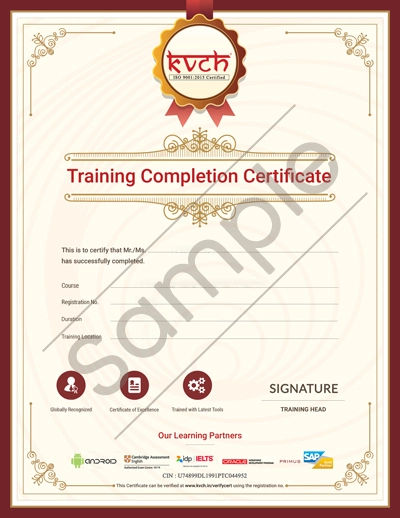MIS Course Overview
The Management Information Systems (MIS) course provides a comprehensive understanding of the role of information technology in managing business operations and decision-making. This course covers key topics such as database management, systems analysis, IT project management, and enterprise resource planning (ERP) systems.
Students will learn how to leverage technology to optimize business processes, enhance data-driven decision-making, and improve organizational efficiency. The course also emphasizes the strategic use of information systems in solving real-world business problems, preparing students for roles in IT management, business analysis, and consulting.
In addition to technical skills, the MIS course focuses on developing critical thinking and problem-solving abilities, enabling students to align technology solutions with business objectives. Students will explore the latest trends in information systems, such as cloud computing, cybersecurity, and data analytics, gaining hands-on experience with tools and software widely used in the industry.
Through case studies, projects, and collaborative work, learners will also understand the ethical, legal, and social implications of technology in business environments. Upon completion, graduates will be well-prepared to pursue careers in various industries, including finance, healthcare, manufacturing, and retail, where MIS professionals play a crucial role in driving innovation and operational success.
The MIS course also emphasizes the importance of effective communication and collaboration between IT professionals and other business units. Students will learn how to make complicated technology ideas easy to understand for businesses. This will help companies use technology in a way that benefits everyone, from the top bosses to the people doing the work.
The curriculum takes a comprehensive approach by blending both management and technical elements of information systems. This prepares students to manage IT projects, lead teams, and align tech initiatives with long-term business goals. With more industries turning to digital transformation, there’s a growing demand for Management Information Systems (MIS) professionals, making this course a great starting point for anyone aiming for leadership roles in technology and business innovation.
As students move through the MIS course, they'll get hands-on experience through internships, simulations, and real-world case studies that reflect the challenges businesses face today. This practical learning helps them apply what they've learned in a real-world context, boosting their problem-solving skills and adaptability.
Additionally, the course introduces students to emerging technologies like artificial intelligence, machine learning, and blockchain, which are changing the way businesses operate. There are also networking opportunities with industry professionals and alumni, providing valuable insights into career paths and the job market. By the end of the course, students will have a strong foundation in both the technical and strategic sides of MIS, making them valuable contributors in today’s tech-driven business landscape.
MIS Course Curriculum
- Introduction to Power BI
- Prepare Data in Power BI
- Publish Power BI
- Service Power BI
- Desktop Tooltip Reports & Slicers in Power BI
- Buttons & Bookmarks in Power BI
- Flash Fill & Data Validation
- Advanced Conditional Formatting
- ASAP Utilities
- Lookup Functions
- Match & Index
- Dynamic Viookup
- Data Table
- Solver
- Financial Functions
- Sort & Filter
- PowerPivot
- Dashboard Creation
- Power Map & Power Query
- Macro
- Array Functions
- Google Drive
- Mail Merge
- Hello to Google Drive
- Introduction to Google Sheet
- Google Sheet Protection
- Combine Data from Multiple Google Sheets
- Google Slides
- Google Form
- Google Mail Merge
- Google Cloud Printing
- Google Data Studio
- Creating Charts & Graphs
- Filters & Controls
- Custom Fields
- Chart Styling
- User Management: Sharing your Reports
- Macro
- Introduction to VBA
- Working with Procedures & Functions
- Customizing the VBA Environment
- Understanding the Objects
- Variables & Intrinsic Functions
- Controlling Program Execution
- Debugging Code & Handling Errors
- VBA Programming Functions
- Excel Form Control & ActiveX
- Working with Forms & Controls
- Introduction to SQL
- Platforms to execute SQL codes
- Creating a table
- Data insertion
- Auto increment and primary key
- Alter table
- Delete
- Update
- Top clause
- String functions
- Aggregate functions
- Constraints
- SQL join
- Insert sub-query
- Delete sub-query










.webp)
.webp)
.webp)
.webp)
.webp)
.webp)
.webp)
.webp)
.webp)
.webp)
.webp)
.webp)
.webp)
.webp)
.webp)
.webp)
.webp)
.webp)
.webp)
.webp)
.webp)
.webp)






























